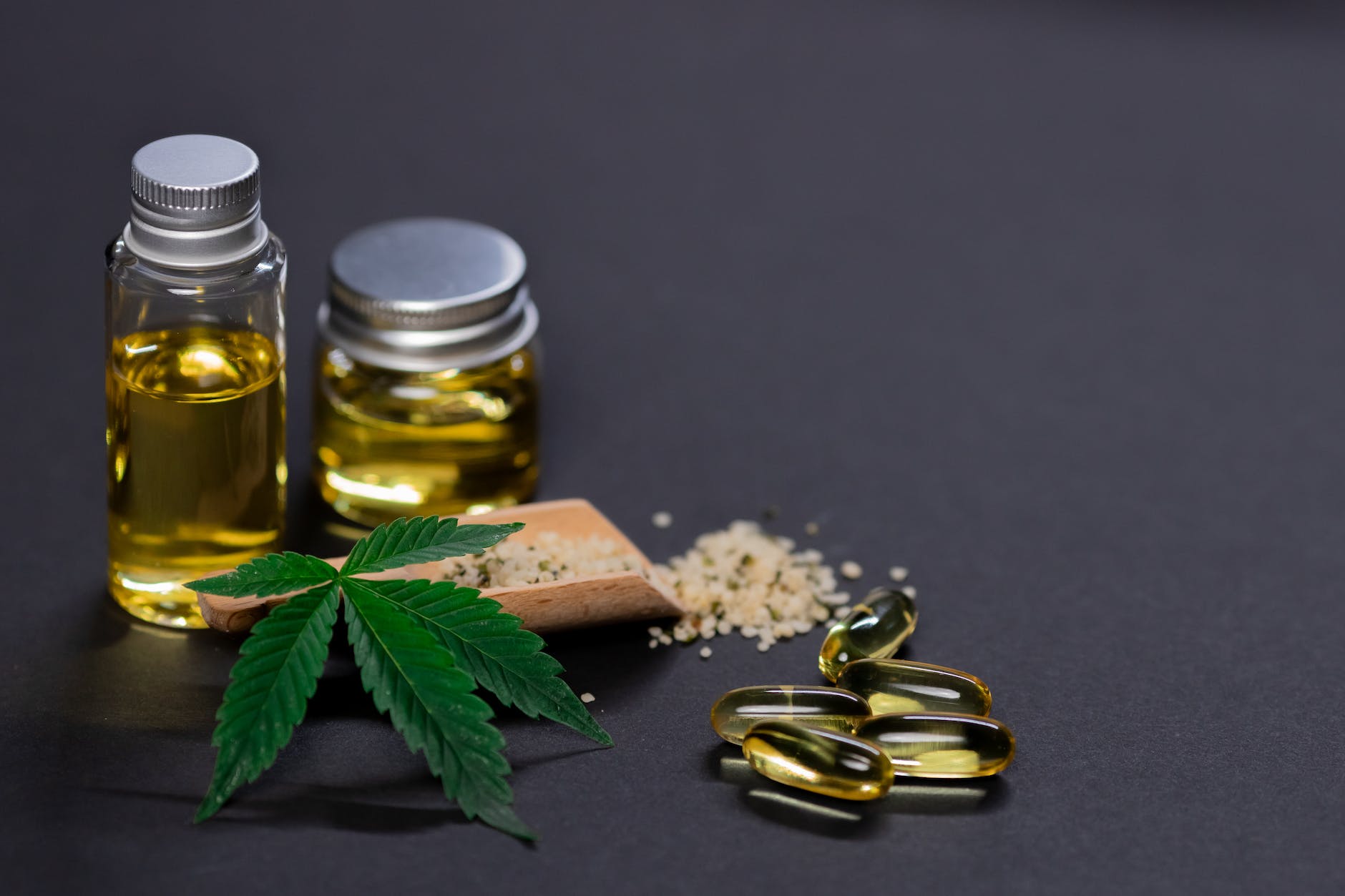
CBD Oil
The CBD processing system, from field to bottle, was developed to extract a chemical from industrial hemp plants. The Hemp Farming Act of 2018 legalized industrial hemp and mandated that the cannabis sativa plant contains no more than 0.3% THC. While every CBD oil manufacturer has its own proprietary production process, they all follow the same basic steps.
Step-by-step overview of CBD oil production:
Step 1: Find a hemp source
CBD producers typically obtain hemp plants from U.S. and European farmers. CBD is commonly extracted from the flowers and nearby leaves of the hemp plant, as these parts contain the highest CBD content along with other beneficial compounds like flavonoids and terpenes. Harvesting at the end of the growing season when the plant produces more resin, containing CBD and cannabinoids, is ideal.
Step 2: Decide on the CBD Spectrum you want
CBD oil is available in three spectrums: Full Spectrum CBD (contains THC and other cannabinoids), Broad Spectrum CBD (contains other cannabinoids but no THC), and Isolate CBD (contains only CBD with all other compounds removed).
Step 3: Choose a CBD Extraction Technique
The two most common extraction processes are CO2 Extraction and Ethanol Extraction. CO2 extraction uses liquid CO2 under high pressure and low temperatures to extract cannabinoids, preserving the natural state. Ethanol extraction separates CBD from other compounds using a solvent, and high-quality producers use distillation to remove the solvent.
Step 4: Manufacturing CBD Oil
The production process differs based on the chosen CBD spectrum. For Full Spectrum and Broad Spectrum CBD, the compounds are extracted from the plant material. For Isolate CBD, all other compounds except CBD are removed through various steps, including crystallization.
Step 5: Mix CBD Oil and Carrier Oil
To enhance absorption, CBD is blended with carrier oils like MCT oil, which is the most popular choice due to its high concentration of fat-soluble molecules. Other carrier oils like coconut oil, olive oil, grape seed oil, sesame oil, avocado oil, and hemp seed oil can also be used for their potential health benefits.
Step 6: Add additional ingredients to CBD Oil
CBD products may come in various flavors and include additional ingredients like herbs, vitamins, and minerals, depending on the manufacturer’s formulation.
CBD Product Testing is a Crucial Step
Reputable CBD oil makers test their products at every stage of production through third-party accredited laboratories to ensure quality. Testing includes checking for unwanted compounds like pesticides or heavy metals and verifying the CBD content and presence of other cannabinoids like CBG and THC.
In conclusion, CBD oil production is a complex science that requires the right knowledge, equipment, high-quality hemp plant material, proprietary formulations, and strict adherence to standards. Products from trusted CBD brands are carefully formulated to provide the best benefits from industrial hemp extracts.
This article was written by a cannabinoid specialist at DRIP Cannabinoids. DRIP Cannabinoids joined the market in June 2020. We quickly established our mission: providing customers with the purest oil on the market, and in tandem providing a premium product. Our products range from delta 8 tinctures, delta 8 pre-rolls, delta 8 THC gummies, drip cartridge, and more. Through each and every one of our products, DRIP strives to relieve people from the discomfort, stress, and anxiety of daily life by giving them access to cutting-edge cannabinoids such as Delta-10 and Delta-8 THC. DRIP’s formulas and procedures are all designed with the purity and safety of the customer in mind.

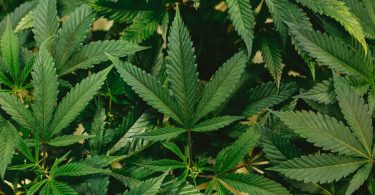
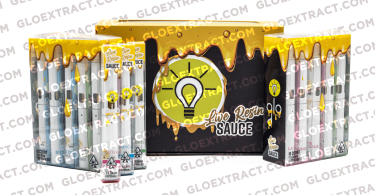
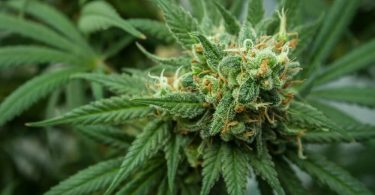
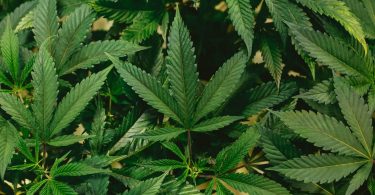


Leave a Comment